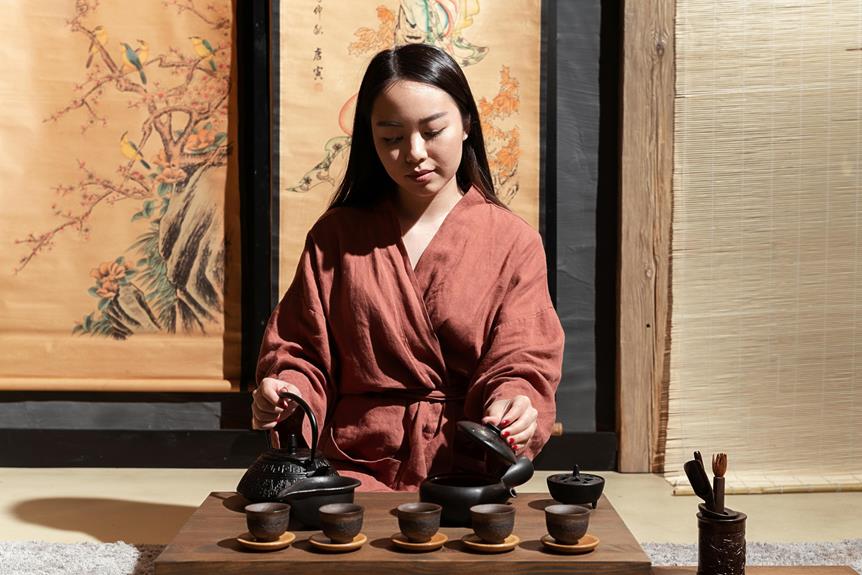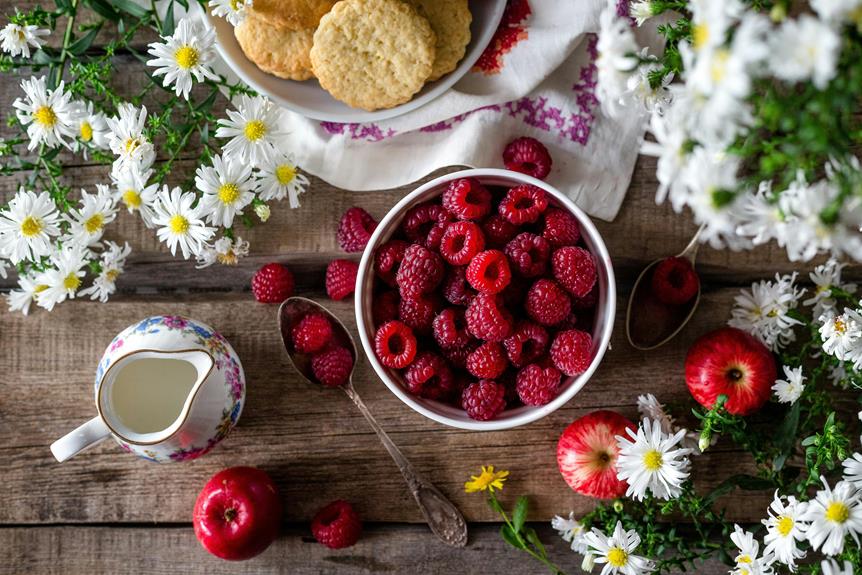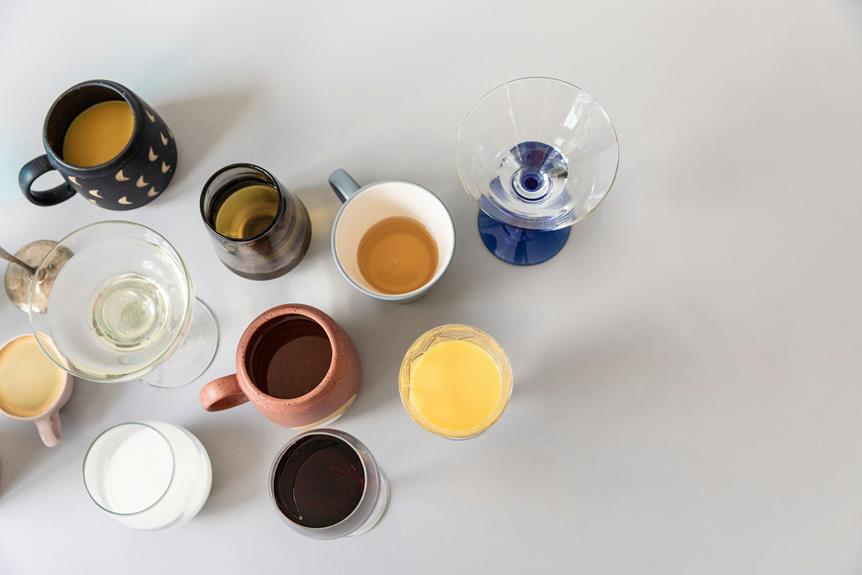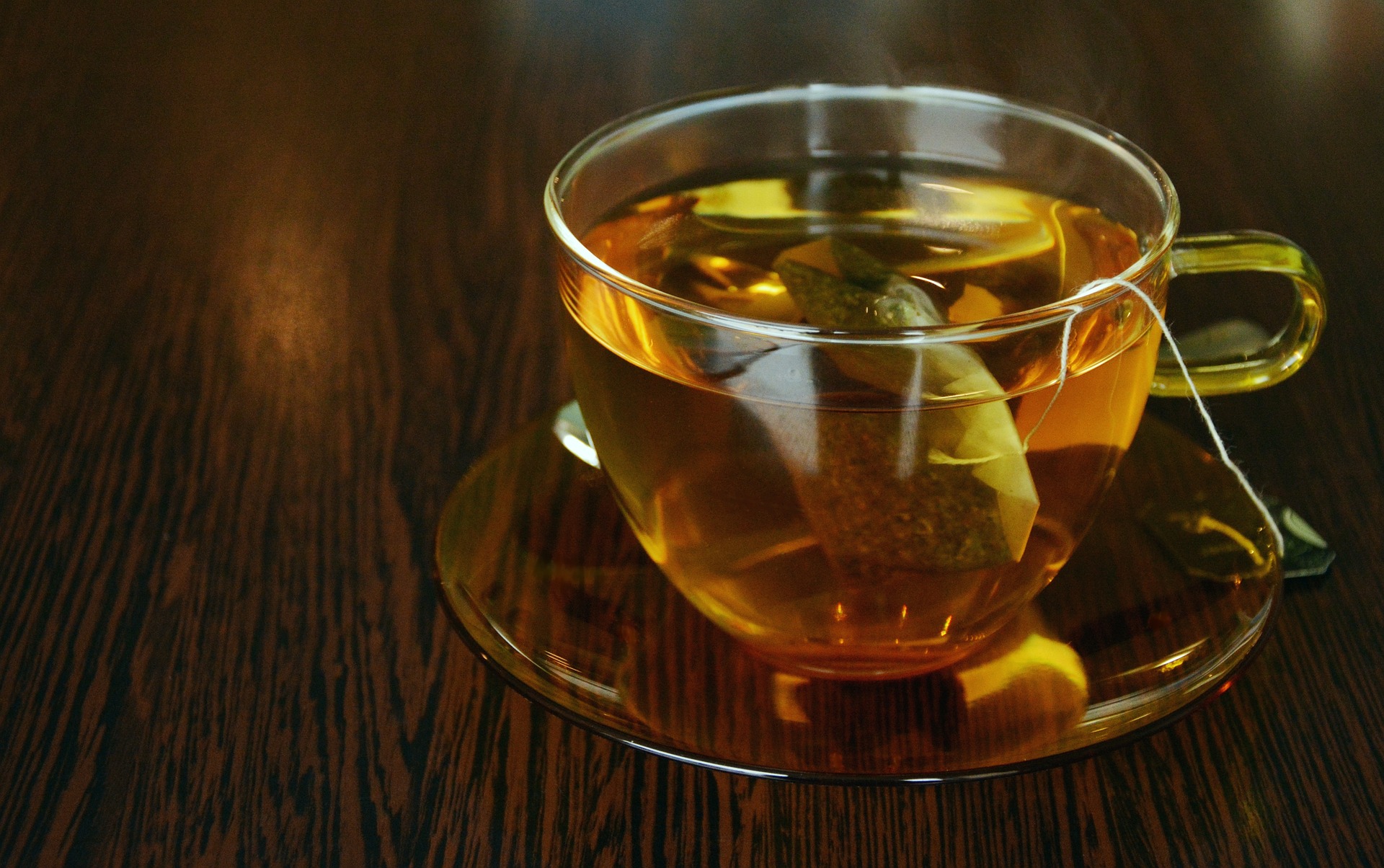You’re about to discover the amazing world of herbal teas, where ancient traditions meet vibrant flavors and astounding health benefits! Herbal teas are infusions of fruits, flowers, herbs, and spices, offering a diverse range of flavors and aromas. With thousands of years of cultural significance, herbal teas have been a part of human culture, with each region developing its unique blends and brewing methods. From peppermint and chamomile to rosehip and hibiscus, the variety is staggering. As you explore this world, you’ll uncover the rich cultural heritage and ancient origins behind each blend, and discover the many health benefits that await you.
Key Takeaways
- Herbal teas offer a diverse range of flavors and aromas, with a cultural significance dating back to ancient origins.
- Many herbal teas provide impressive health benefits, including antioxidant-rich properties, immune boosts, and stress reduction.
- Popular herbal tea varieties include peppermint, chamomile, and green tea, each with unique flavor profiles and benefits.
- Certain herbal teas cater to specific health concerns, such as menopause, anxiety, and sleep disorders.
- Mastering the art of steeping and understanding one’s Tea Personality are key to choosing the right herbal tea for individual needs.
What Are Herbal Teas
You’re likely familiar with traditional tea, but herbal teas are a different story – they’re not made from tea leaves at all.
Instead, they’re infusions of fruits, flowers, herbs, and spices, offering a diverse range of flavors and aromas.
The cultural significance of herbal teas dates back to ancient origins, where they played a crucial role in traditional medicine, religious rituals, and social gatherings.
In ancient Egypt, for instance, herbal teas were used to treat various ailments, while in China, they were consumed as a symbol of good health and prosperity.
Herbal teas have been a part of human culture for thousands of years, with each region developing its unique blends and brewing methods.
From peppermint and chamomile to rosehip and hibiscus, the variety of herbal teas is staggering, with new flavors and blends emerging all the time.
As you explore the world of herbal teas, you’ll discover the rich cultural heritage and ancient origins behind each blend, making your tea-sipping experience all the more enjoyable and meaningful.
Health Benefits of Herbal Teas
As you explore the diverse world of herbal teas, you’ll find that many of these ancient brews offer a range of impressive health benefits that can enhance your overall well-being.
From soothing digestive issues to boosting your immune system, herbal teas have got you covered.
One of the key benefits of herbal teas is their Antioxidant Power. Rich in antioxidants, these teas help protect your cells from damage caused by free radicals, which can contribute to chronic diseases like cancer and heart disease.
Additionally, many herbal teas offer an Immune Boost, thanks to their high concentration of vitamins, minerals, and other nutrients. This can help your body fight off infections and diseases more effectively.
Whether you’re looking to reduce stress, improve your sleep, or simply feel more energized, there’s an herbal tea out there that can help.
By incorporating herbal teas into your daily routine, you can start experiencing the many health benefits they’ve to offer.
Popular Herbal Tea Varieties
From peppermint to chamomile, the world of herbal teas boasts a diverse array of popular varieties, each with its unique flavor profile and set of benefits.
As you explore the world of herbal teas, you’ll discover that each variety has its own distinct character. Take peppermint, for instance, with its invigorating, cooling flavor profile that’s perfect for a post-dinner digestif. Or chamomile, with its soothing, floral notes that promote relaxation and calmness.
You’ll also find that certain herbal teas hold significant cultural importance. In Japan, for example, green tea is an integral part of the traditional tea ceremony, where the art of brewing and serving tea is elevated to an art form.
Similarly, in India, masala chai is an integral part of daily life, with its spicy, aromatic flavors evoking feelings of warmth and comfort.
As you explore deeper, you’ll discover that each herbal tea variety has its own unique story to tell, with flavor profiles that range from sweet and fruity to spicy and earthy.
Whether you’re looking for a calming, caffeine-free alternative or a flavorful pick-me-up, there’s an herbal tea out there that’s sure to tantalize your taste buds and satisfy your senses.
Herbal Teas for Specific Needs
Looking to alleviate specific health concerns or simply enhance your daily routine, certain herbal teas cater to your unique needs, providing targeted solutions for a healthier, happier you.
Whether you’re seeking menopause relief or anxiety calm, there’s an herbal tea that can help.
For instance, red clover tea has been shown to reduce hot flashes and night sweats associated with menopause, while passionflower tea has a calming effect on the nervous system, helping to reduce anxiety and promote relaxation.
If you’re struggling with sleep, valerian root tea can help you drift off into a peaceful slumber.
If digestive issues are your concern, peppermint tea can soothe your stomach and alleviate cramps.
Whatever your specific need, there’s an herbal tea that can provide relief and support.
Preparing the Perfect Cup
With every steep, you hold the power to tap the full potential of your herbal tea, and it all starts with preparing the perfect cup.
The key to releasing the full flavor and benefits of your tea lies in mastering the art of steeping.
Steeping Techniques are vital, as they can make or break the Flavor Profiles of your tea.
Start by using fresh, filtered water and the right amount of tea leaves. The general rule of thumb is one teaspoon of loose-leaf tea or one tea bag for every 8 oz of water.
Adjust the steeping time according to the type of tea you’re brewing. Delicate herbs like peppermint and chamomile require shorter steeping times, while robust roots like ginger and turmeric can handle longer infusions.
Experiment with different steeping times to find the perfect balance for your taste buds.
Choosing the Right Tea
You’re faced with a dizzying array of herbal teas, each promising unique benefits and flavors, so how do you choose the one that’s right for you?
It all starts with understanding your Tea Personality. Are you a calm and soothing type, or do you need a pick-me-up? Do you prefer floral and fruity flavors or earthy and spicy ones? Knowing your Tea Personality helps you narrow down your options.
Next, consider the Flavor Profiles of different herbal teas. If you’re looking for a calming and relaxing tea, opt for a tea with a soothing flavor profile, like chamomile or lavender. If you need a boost, try a tea with an invigorating flavor profile, like peppermint or ginger.
You might also think about any health benefits you’re looking for, such as digestive aid or immune system support.
Ultimately, choosing the right tea is about finding the perfect blend of flavor and function. Experiment with different teas, and don’t be afraid to try new ones. You might be surprised at how much you love a tea you never would’ve tried otherwise.
Conclusion
As you wrap up your exploration of the world of herbal teas, remember that a single cup can be both a soothing escape from the chaos of daily life and a powerful tool for improving your overall health.
While the benefits of herbal teas are undeniable, it’s the variety of flavors and purposes that truly sets them apart – from calming chamomile to energizing yerba mate, there’s a tea to suit every mood and need.








